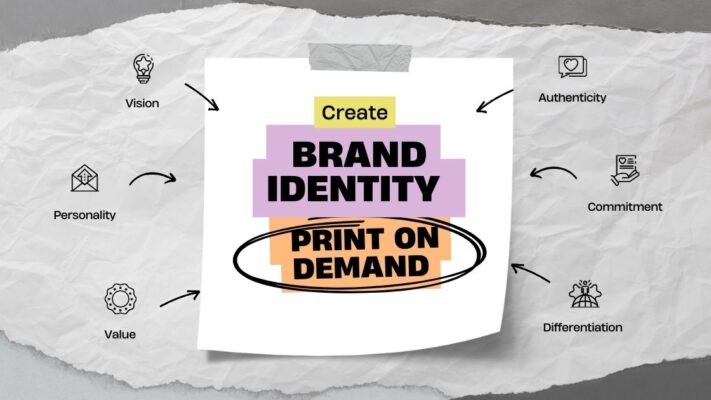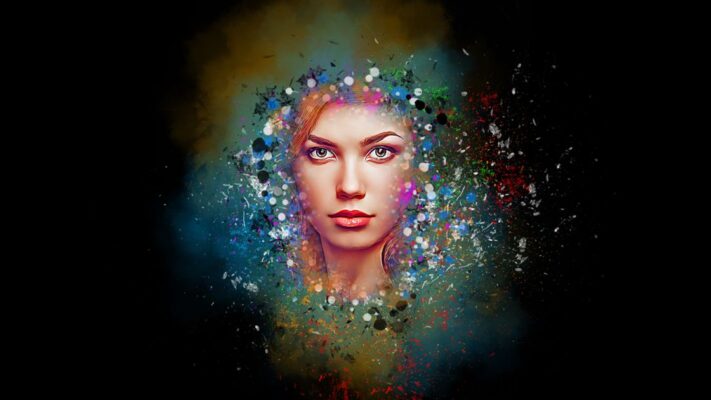In the vast field of visual storytelling, illustrations play an important role in conveying the ideas and emotions of the story. As an art form, illustration has evolved over the centuries, adapting to changing technology and artistic trends. In this article, I will shed light on the nature of illustrations, their evolution, the difference between graphic design and illustration, the diverse types of illustrations and finally, ending with appreciation for their lasting significance.
Contents
What is an Illustration?
At its core, an illustration is a visual representation or interpretation of a concept, idea, or story. Illustration isn’t limited to a single medium, from hand-drawn sketches to digital artwork. Artists, known as illustrators, use a variety of techniques to turn ideas into reality, using a combination of creativity, skill and imagination. The purpose of illustrations can be very different – from illuminating a children’s book to conveying complex information in scientific publications.
An illustration is a visualization made by an artist. Everything from concept art for video game to a technical drawing of human anatomy counts as illustration. The main goal of illustration is to explain an idea and convey meaning without the need for text. That’s what sets it apart from art and graphic design. The main focus here is to be as clear as possible. Nailing color, composition, and perspective is central to an illustrator’s work. If your drawing is focused on aesthetics or expressing your inner thoughts and feelings, it’s art an illustrator creates while keeping their client and audience in mind.
Chris Lockwood – Commercial 3D and 2D illustrator and animator
Evolution of Illustrations
The history of illustration dates back to ancient times when early humans depicted scenes of their daily lives on cave walls. As civilizations flourished, so did illustration techniques and styles. Manuscripts from the Middle Ages feature elaborate illustrations that complement religious texts. With the advent of printing technology, illustration became more accessible, paving the way for the golden age of illustrated books in the 19th century. Today, digital tools have revolutionized create and disseminate illustrations, offering unparalleled flexibility and accessibility.
What is the Difference Between Graphic Design and Illustration?
While graphic design and illustration share similarities, they serve distinct purposes in the realm of visual communication. Graphic design focuses on creating layouts, compositions, and visual hierarchies to convey information effectively. In contrast, illustration emphasizes artistic expression and storytelling through visuals. Graphic designers often incorporate illustrations into their designs, but the primary goal of illustration is to stand alone as a visual narrative.
Types of Illustration
The world of illustrations is incredibly diverse, encompassing a myriad of styles and forms. Some prominent types of illustrations include:
1. Editorial Illustrations
Found in newspapers, magazines, and online publications, editorial illustrations accompany written content to enhance understanding and engagement.

2. Book Illustrations
Bringing stories to life, book illustrations captivate readers by visually representing characters, scenes, and emotions depicted in the narrative.
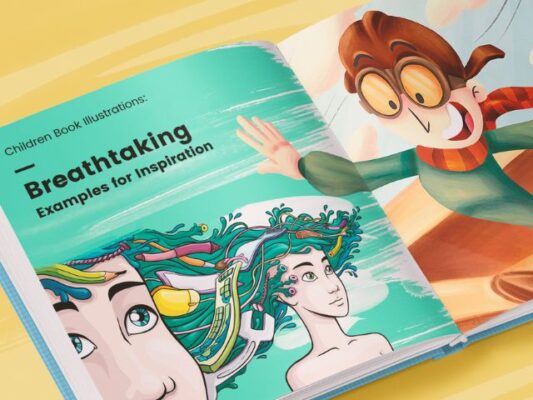
3. Digital Illustrations
Leveraging digital tools and software, digital illustrations encompass a broad spectrum, from intricate digital paintings to stylized vector graphics.
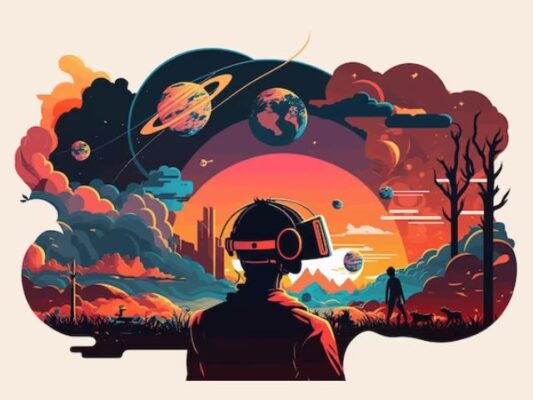
4. Scientific Illustrations
In the realm of science, illustrations are used to depict complex concepts, anatomy, and processes, aiding comprehension in academic and research contexts.
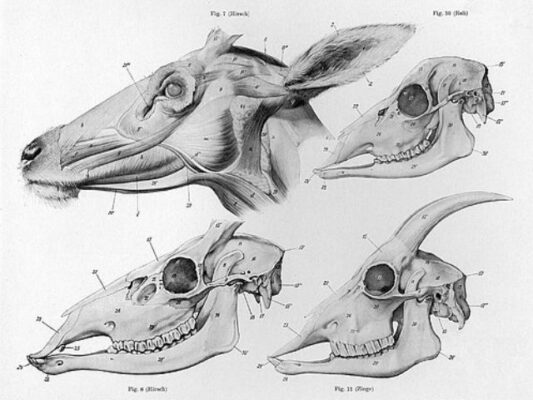
5. Fashion Illustrations
A fusion of art and style, fashion illustrations showcase clothing designs, accessories, and trends, contributing to the visual narrative of the fashion industry.

6. Technical Illustrations
Used in manuals, technical illustrations elucidate complex instructions, machinery, and processes, facilitating user comprehension.

Conclusion
In short, the illustration is a testament to the profound impact of visual storytelling. From ancient cave paintings to modern digital artworks, the evolution of illustration reflects the evolution of human expression. The difference between graphic design and illustration lies in their purpose and emphasis, with illustrations serving as independent visual stories. As I explore the diverse types of illustration, each category reveals the adaptability and versatility of this timeless art form. In a world awash with information, illustrations continue to engage, educate and inspire, ensuring their enduring importance in visual communication.
Related Posts



